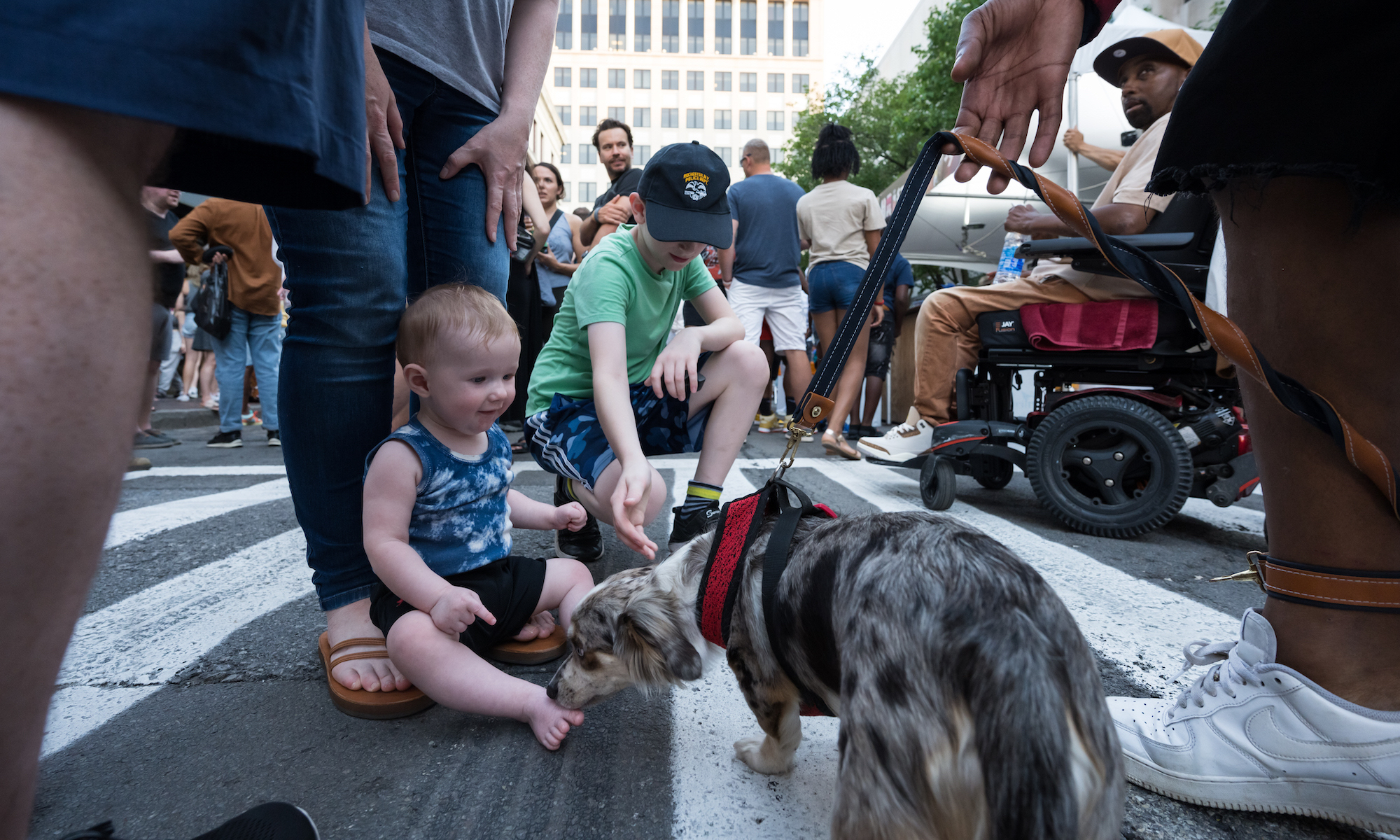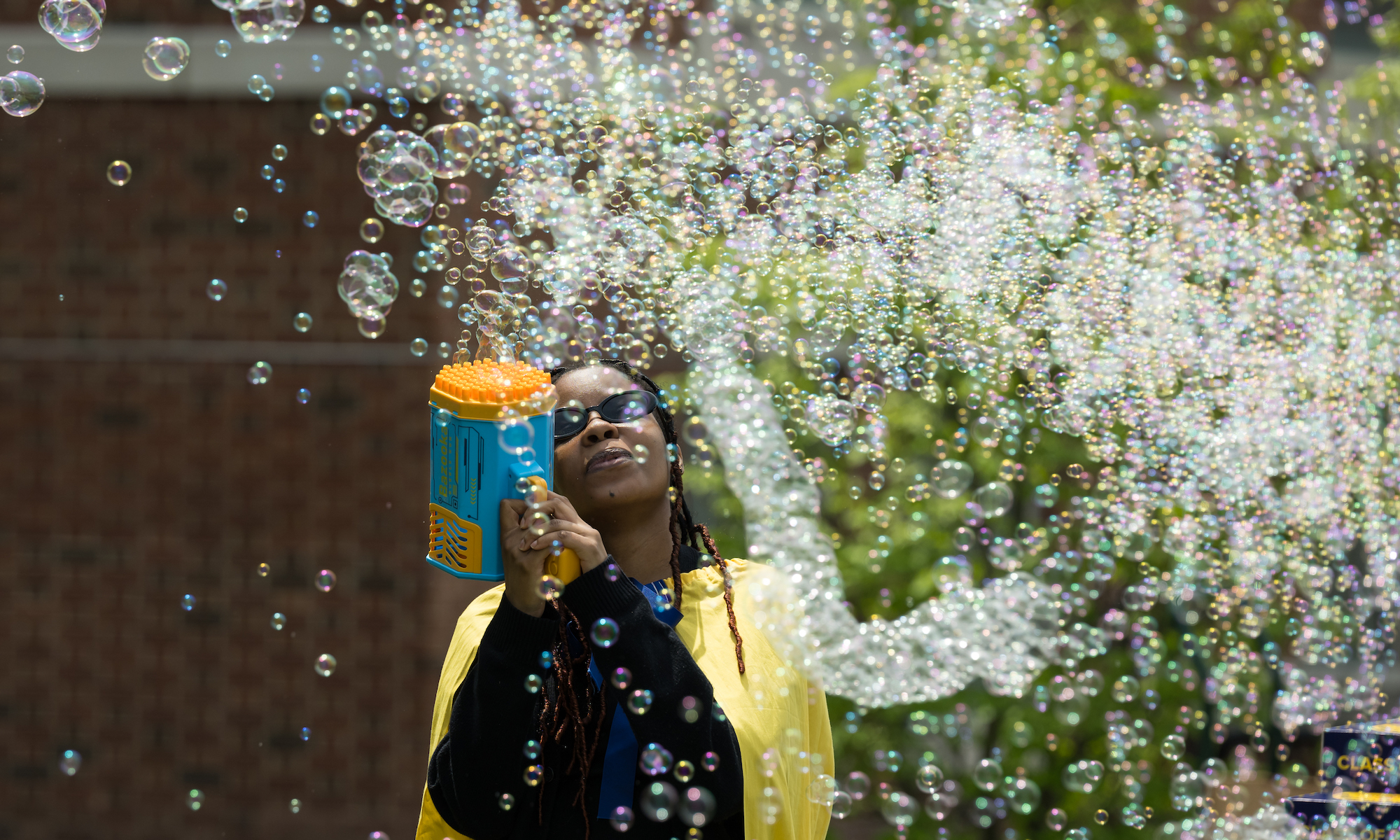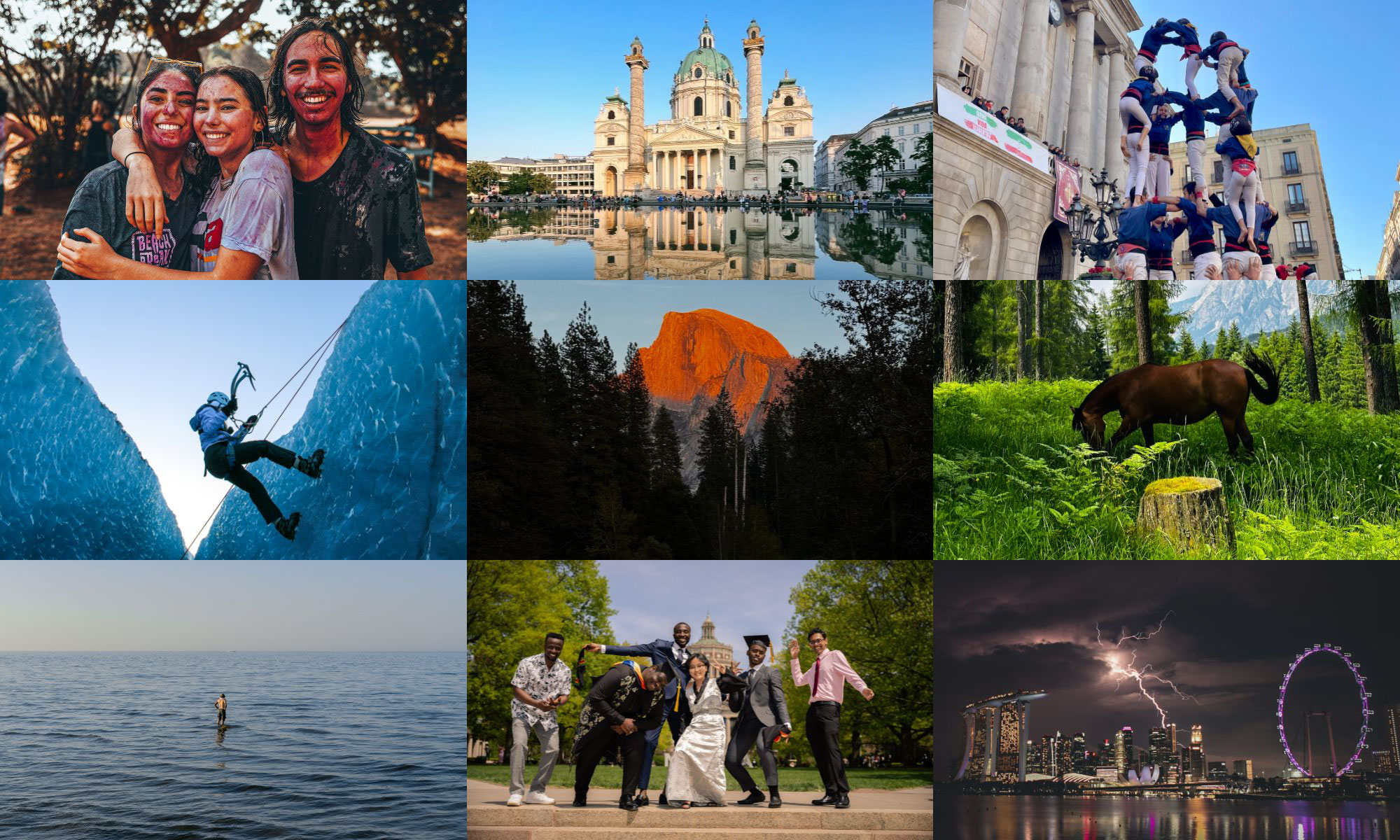Associate professor of English and textual scientist Gregory Heyworth and his students have been occupied in their multispectral imaging lab for the past few weeks, working to recover the hidden text in a rare Armenian prayer book sent to them by the Smithsonian.
The book—or codex, as it’s also known, which means an ancient manuscript in book form—contains the text of the prayer book, suspected by Heyworth’s team to date from the 15th century. But beneath those words lie the remnants of a long-erased other work—which might be much older.
The Smithsonian sent the codex to Heyworth and his Lazarus Project team because of their expertise and innovation in carrying out multispectral imaging of fragile cultural heritage objects. They use different wavelengths of light to painstakingly photograph an object, revealing what the eye cannot see.
The pages of the book are made of parchment, or treated animal hide. Scribes would reuse parchment, literally scraping or bleaching away ink to create blank pages for a new work. Such recycled parchment is called a palimpsest—and the ghost of the original text lurks beneath, often through the ink’s chemical interaction with the surface of the parchment.
When Heyworth and his team have processed the images, a scholar of Armenian will work to decipher the recovered text. And then the Smithsonian should have the answer to a mystery.
IN PHOTOS
(University of Rochester photos / J. Adam Fenster)
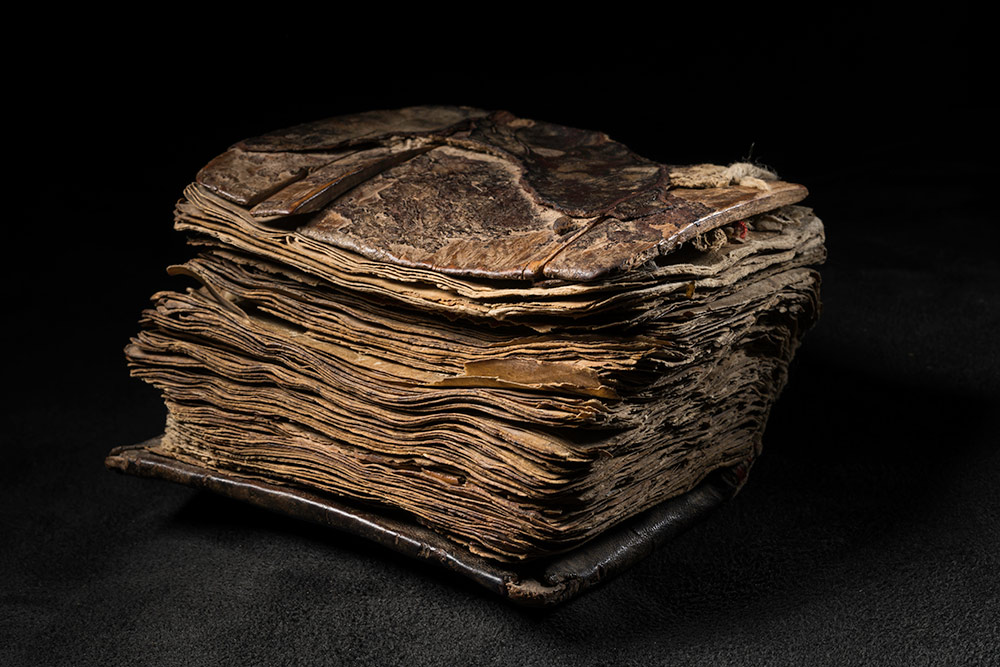
The Smithsonian Institution decided to send this Armenian prayer book to researcher Gregory Heyworth at the University of Rochester when the head of the Smithsonian’s special collections department learned of the expertise of the Lazarus Project in deciphering the secrets of cultural heritage objects. The Lazarus Project is a research group led by Heyworth, an associate professor of English and textual science. Much of their work is involves ancient and medieval manuscripts.
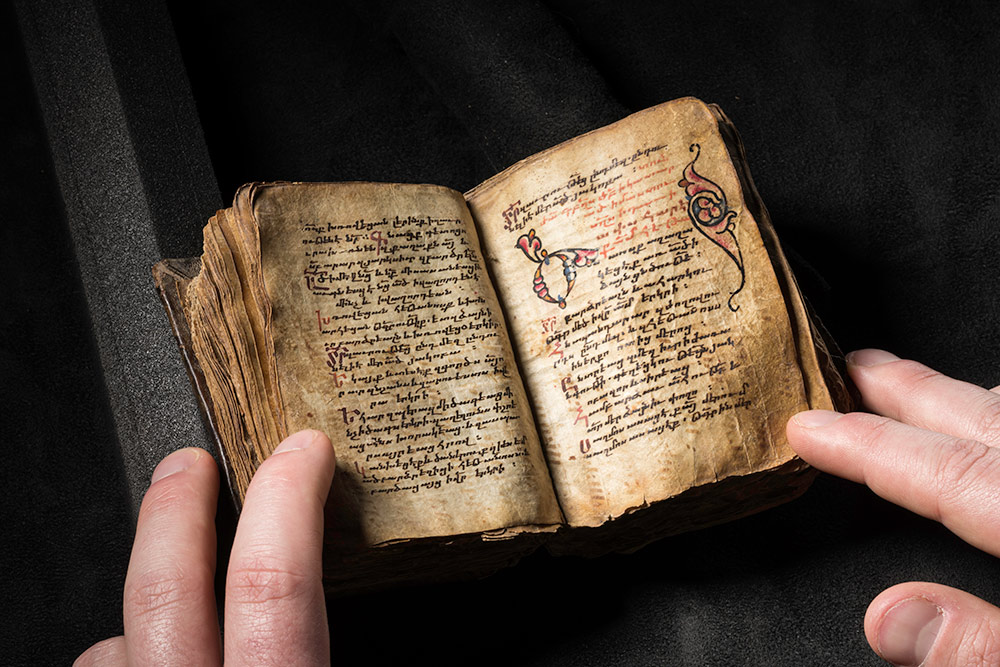
The tiny book was acquired by the Smithsonian in 1925. It’s made up of 147 folios of parchment, or treated animal hide, stitched together. The “over text”—the visible text—is of an Armenian prayer book, suspected to date from the 15th century. But there is also an “under text”—a work that was erased to recycle the parchment for the over text. The Smithsonian has turned to the Lazarus Project to help solve the mystery of what that long-ago effaced text might be.
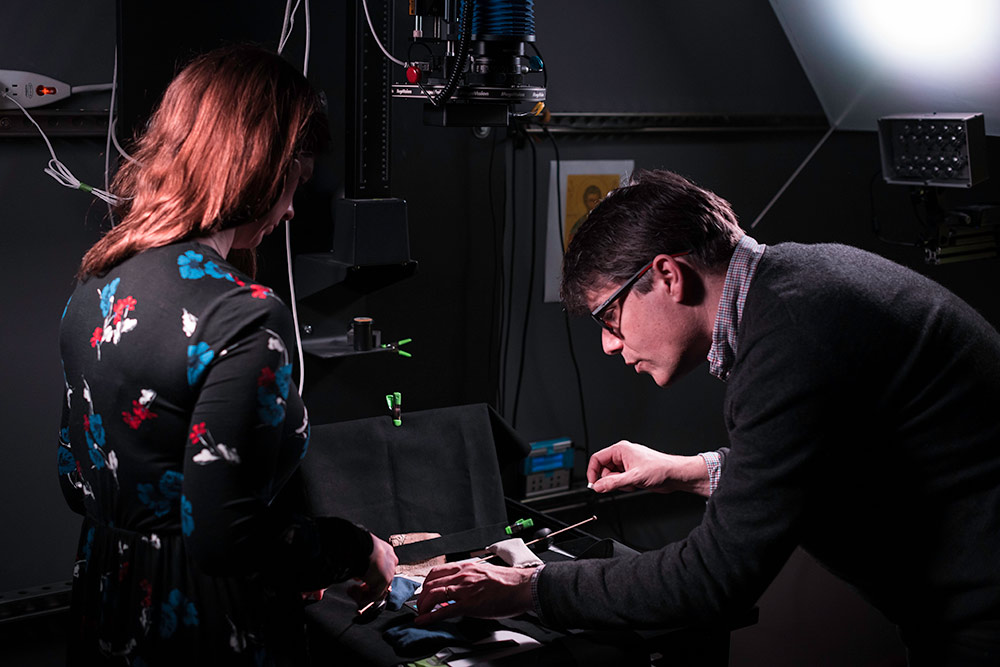
Heyworth and graduate student Helen Davies prepare the book for multispectral imaging. Photographing the book in different wavelengths of light allows the researchers to capture what the naked eye can’t see. Heyworth calls it “forensic science applied to literature and history.”

The lab in Rush Rhees Library flashes with color as the book is exposed to one wavelength of light and then another. The work is exacting, and each side of each page is imaged about 30 times.
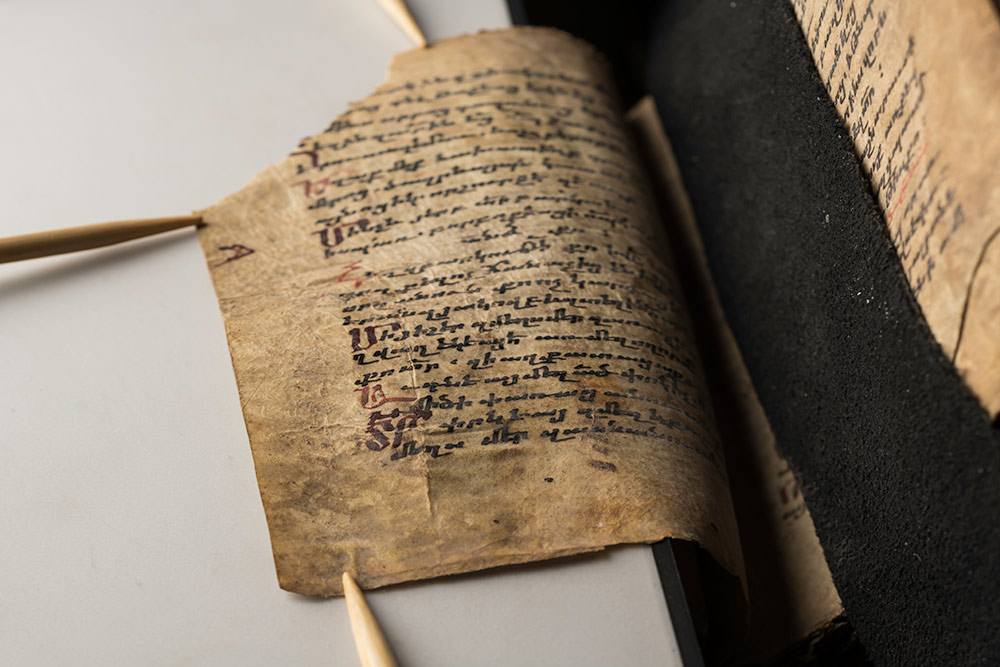
Heyworth and his team have invented much of their gear, creating systems that allow them to work both with efficiency and meticulous care. Sometimes, even in this high-tech lab, the most useful tools are humble ones. Here, wooden knitting needles—lightweight and non-reflective—perform the crucial task of holding the open page in place.
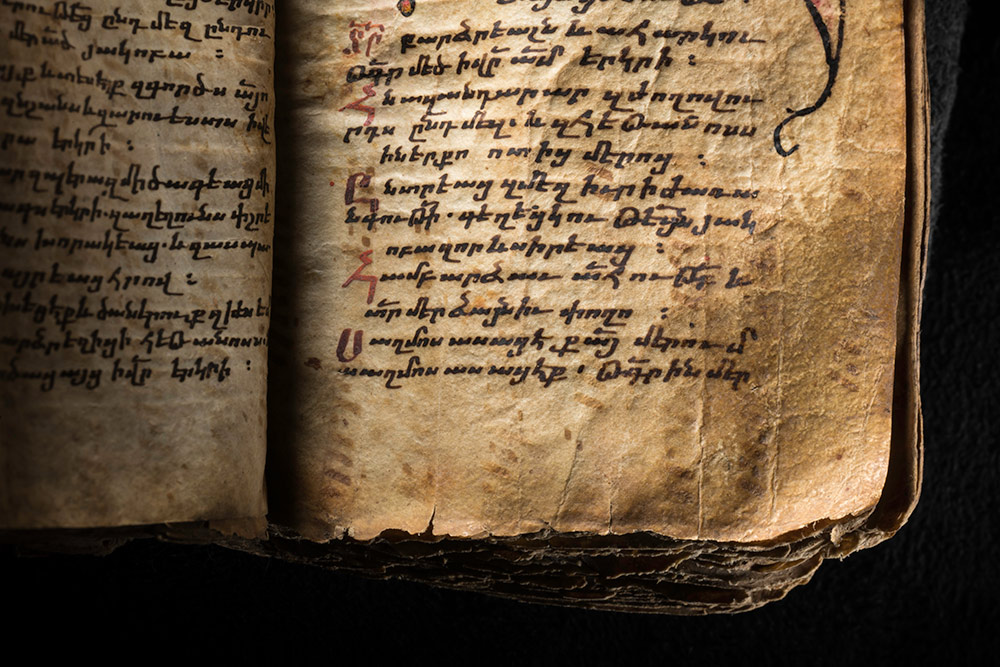
On this page, a glimpse of the under text is visible, running perpendicular to the over text. On most pages of the book, its remains are not so easily discerned.
Read more
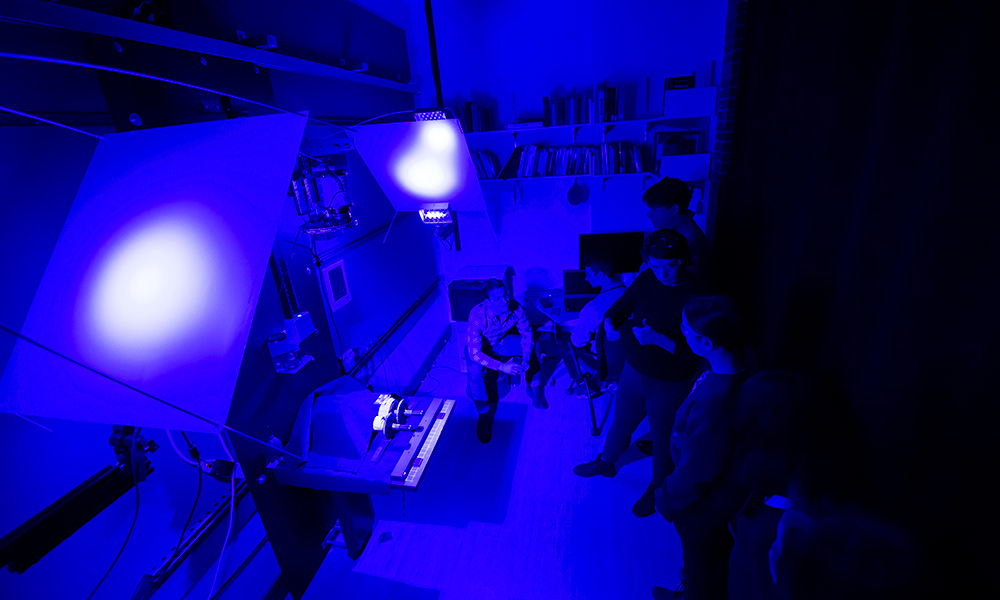
Saving the lost text of a Torah scroll
Professor Gregory Heyworth and his students reveal illegible text that could create a sacred, tangible link with Jewish congregations lost to the Holocaust.
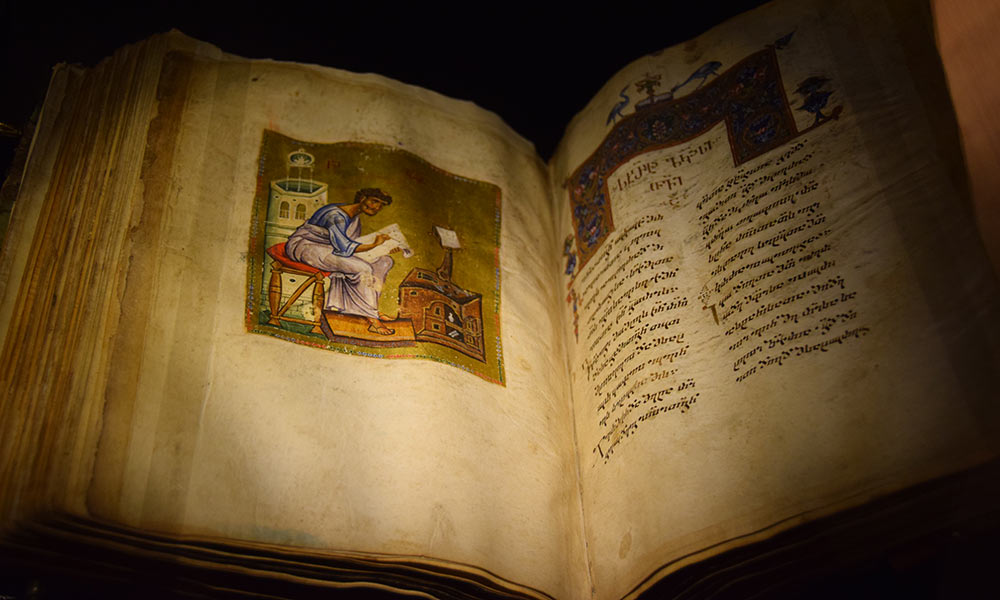
The future of the past
To rescue the words of images of cultural objects, Gregory Heyworth and his collaborators on the aptly named Lazarus Project use a transportable multispectral imaging lab—the only one in the world—to make the undecipherable, and even the invisible, legible again.

